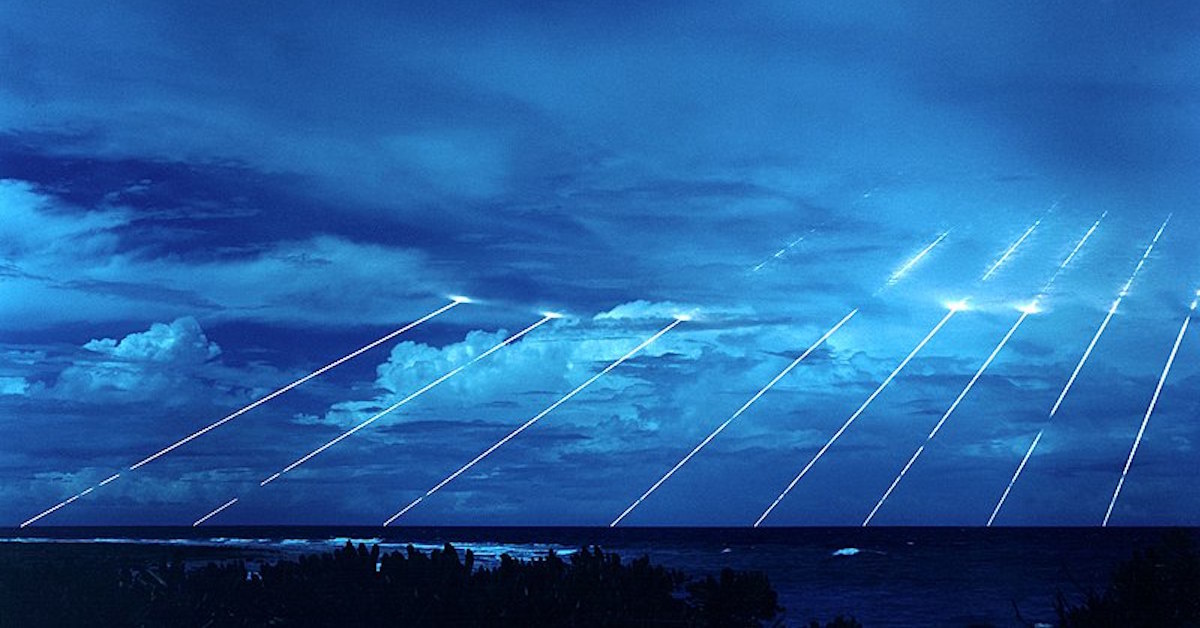The wizards who brought you the F-16 Fighting Falcon and the M1 Abrams Main Battle Tank have been serving the U.S. military’s needs for more than a century. In that time, General Dynamics, the multi-billion dollar defense contractor responsible for many amazing technological advances, has made history many times over, from developing the Navy’s first submarines to the Air Force’s first ICBM.
They may have even develop the flying saucer UFO.
In the late 1950s, the Air Force was looking to replace the B-52 Bomber with a nuclear-capable hypersonic upgrade. For this mission, the air service wanted the experimental XB-70 Valkyrie. The Valkyrie could fly at speeds of Mach 3 while dropping nuclear bombs on the unsuspecting or unprepared Soviet Union.
But how can the Air Force protect its bombers while they’re flying at three times the speed of sound in an unfriendly territory? The answer was to give it a defensive missile system, code named Pye Wacket, after a local Massachusetts urban legend involving a witch’s familiar who protected her master.

The XB-70.
(U.S. Air Force)
The Valkyrie didn’t actually need defensive missiles. The Soviets didn’t have anything that could actually threaten the XB-70, but the airframe was considered a long-term solution and the Air Force wanted to ensure it had defenses should the need materialize. The missiles wouldn’t just need to hit interceptor aircraft, it would need to be capable of hitting SAM batteries and surface-to-air missiles themselves.
It also needed to be able to fly at seven times the speed of sound. So, General Dynamics engineers developed a wedge missile, in the shape of a lens – a kind of flying saucer – that could be fired from the aircraft in any direction and was capable of deft maneuvering.

Pye Wacket at the Arnold Engineering Development Center, in Tennessee.
The Air Force tested the new weapon between 1957 and 1961. The weapon was based on a saucer propulsion design from NASA’s Alan Kahlet, who wanted to use it for manned spacecraft. For the missile, designers wanted to include a small nuclear warhead, one that would neutralize the target but also be able to prevent an enemy nuclear warhead from exploding, a process called “dudding.”
Unfortunately for the future of the Pye Wacket missile, the Air Force ultimately decided that the best way to hit the Soviets with a barrage of nuclear devices was a series of rockets that used extremely unstable fuel and could be fired by any fool who knew the key combination was “000000000.”

























